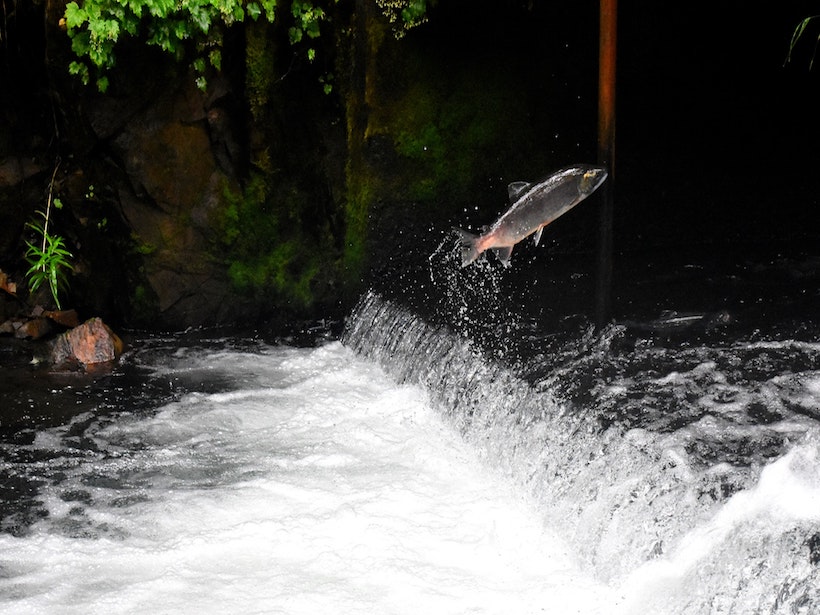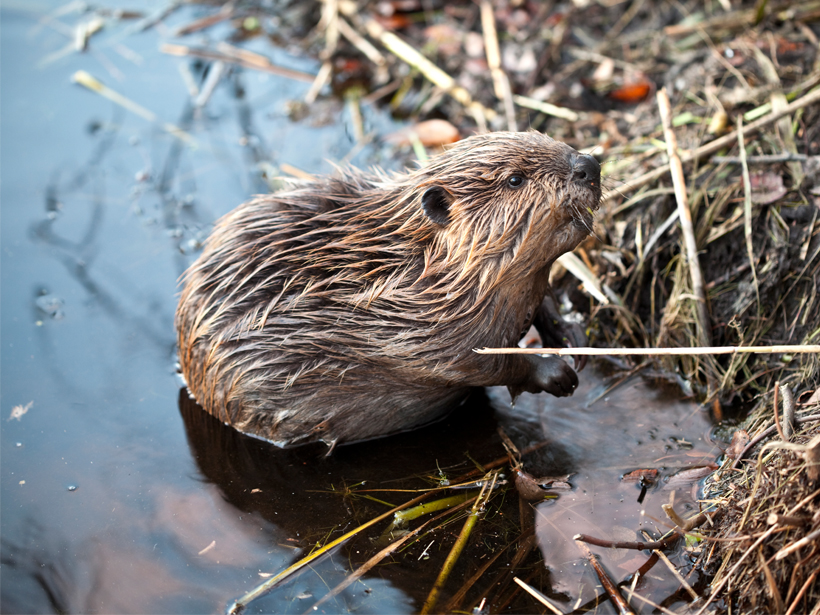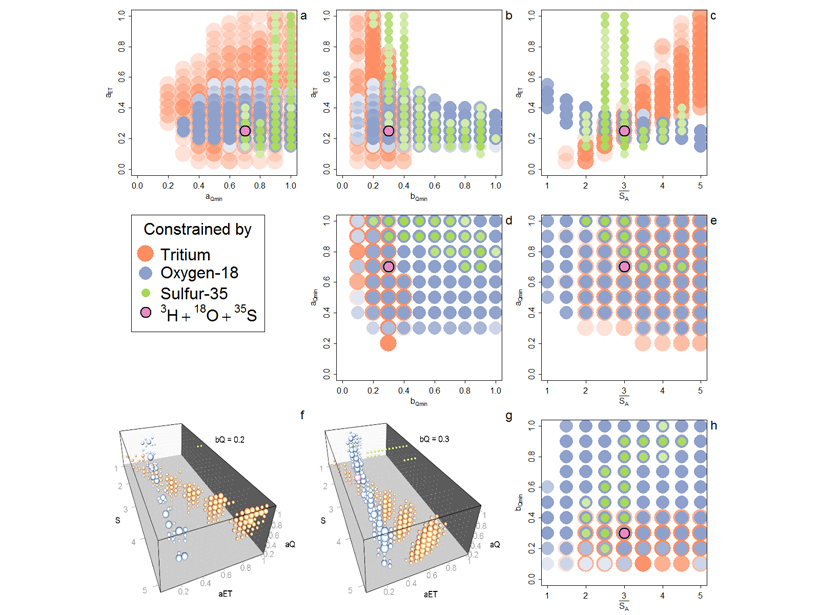River basins are dynamic environments that are always changing and reorganizing under geologic forces. New research investigates how this shape shifting influences aquatic speciation and extinction.
watersheds
Records and Risks of Legacy Phosphorus in Streams
A new study quantifies persistent phosphorus in a drainage basin in Sweden and points out risks and oversights to factor in to future stream management.
Environmental Impact Bonds Incentivize Watershed Restoration
Environmental Impact Bonds for financing new water and environmental infrastructure can be properly priced with the help of watershed modelling.
Mapping Nutrient Inputs in the Great Lakes Basin
A new tool links nitrogen and phosphorus applications to land use classifications to better understand where and how much of the nutrients enter watersheds in the U.S. Great Lakes Basin.
The Shape of Watersheds
Streams in flatter watersheds have carbon cycles more sensitive to temperature increases.
Are Beavers Nature’s “Little Firefighters”?
It’s about dam time: Beavers are acknowledged for their firefighting skills in five recent blazes.
Hydrological Footprint of Atmospheric Rivers on Land
Atmospheric rivers that make landfall in the western United States have significant impacts on the surface water balance, sharpening the seasonality of water resources in coastal watersheds.
Using Radioactive Tracers to Determine the Ages of Streamflow
Radioactive isotope tracers can be used to determine the relationship between the ages of water that is stored in soil and bedrock, water in streams, and the water used by vegetation.
A Digital Mayfly Swarm Is Emerging
Low-cost, open-source data collectors and a suite of collaborative online tools are making big leaps in the field of watershed monitoring.
Upper Hillslopes May Not Contribute Directly to Stormflow
New research challenges long-held ideas about the path of subsurface water from hillslopes to streams.










